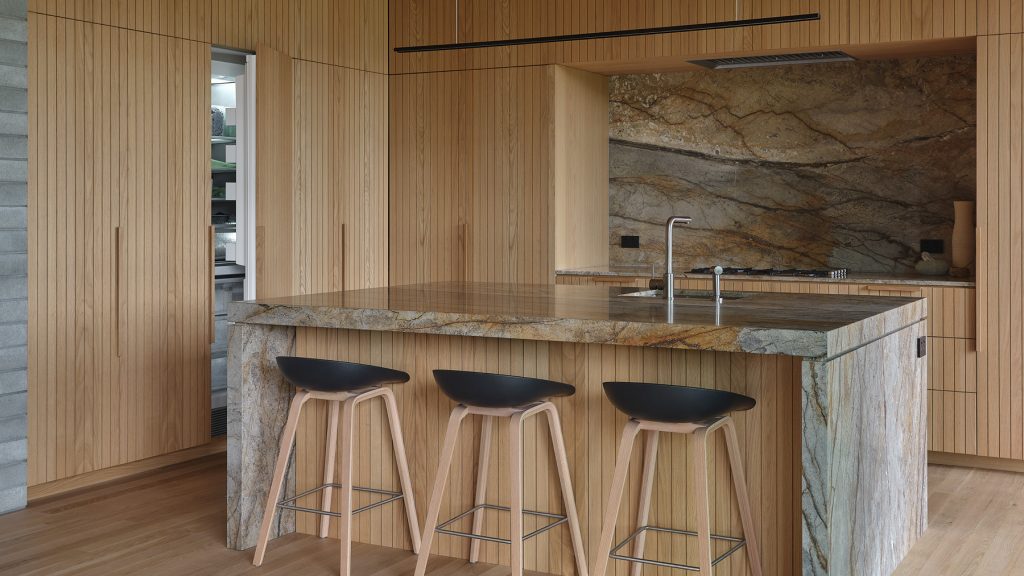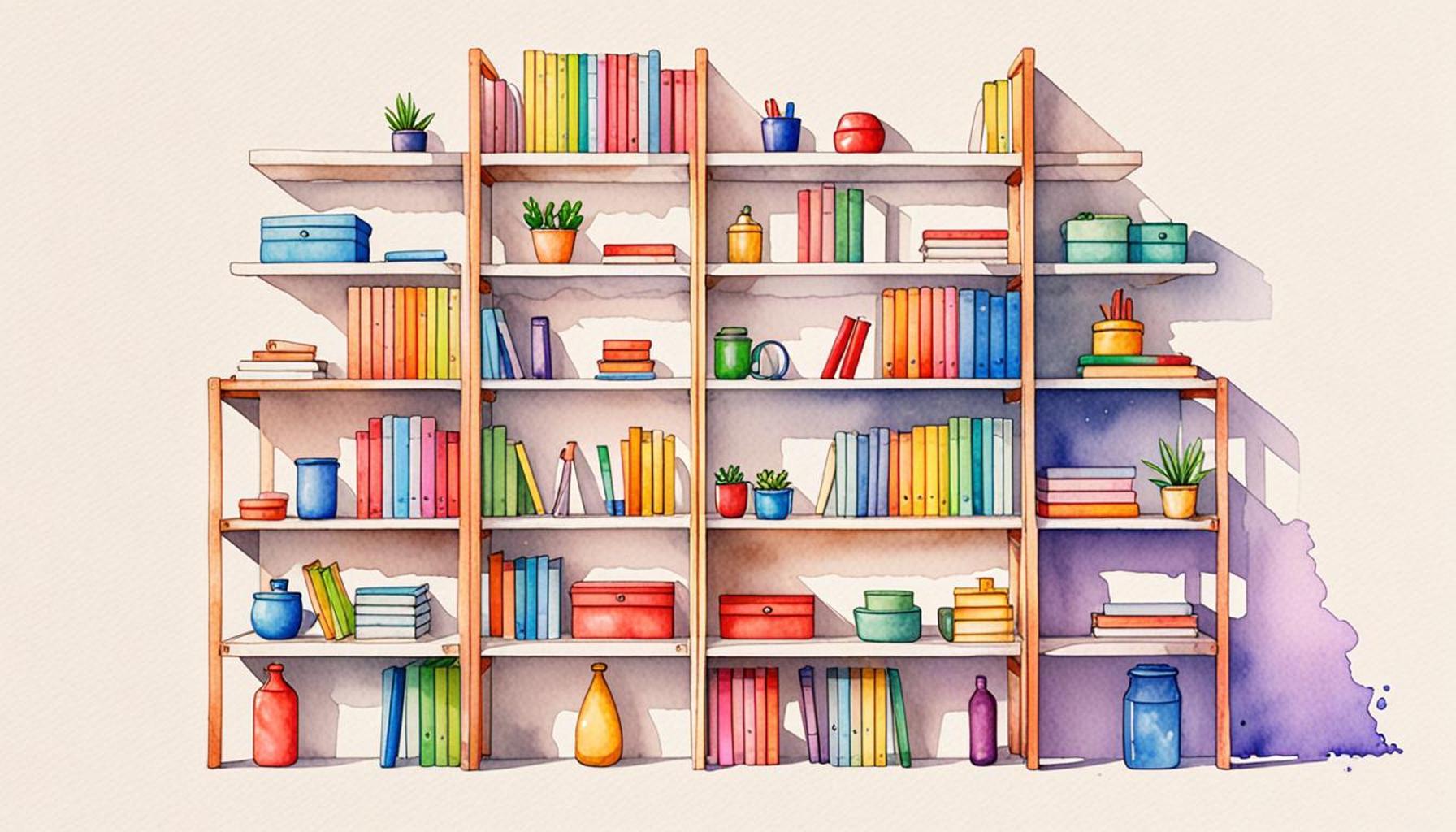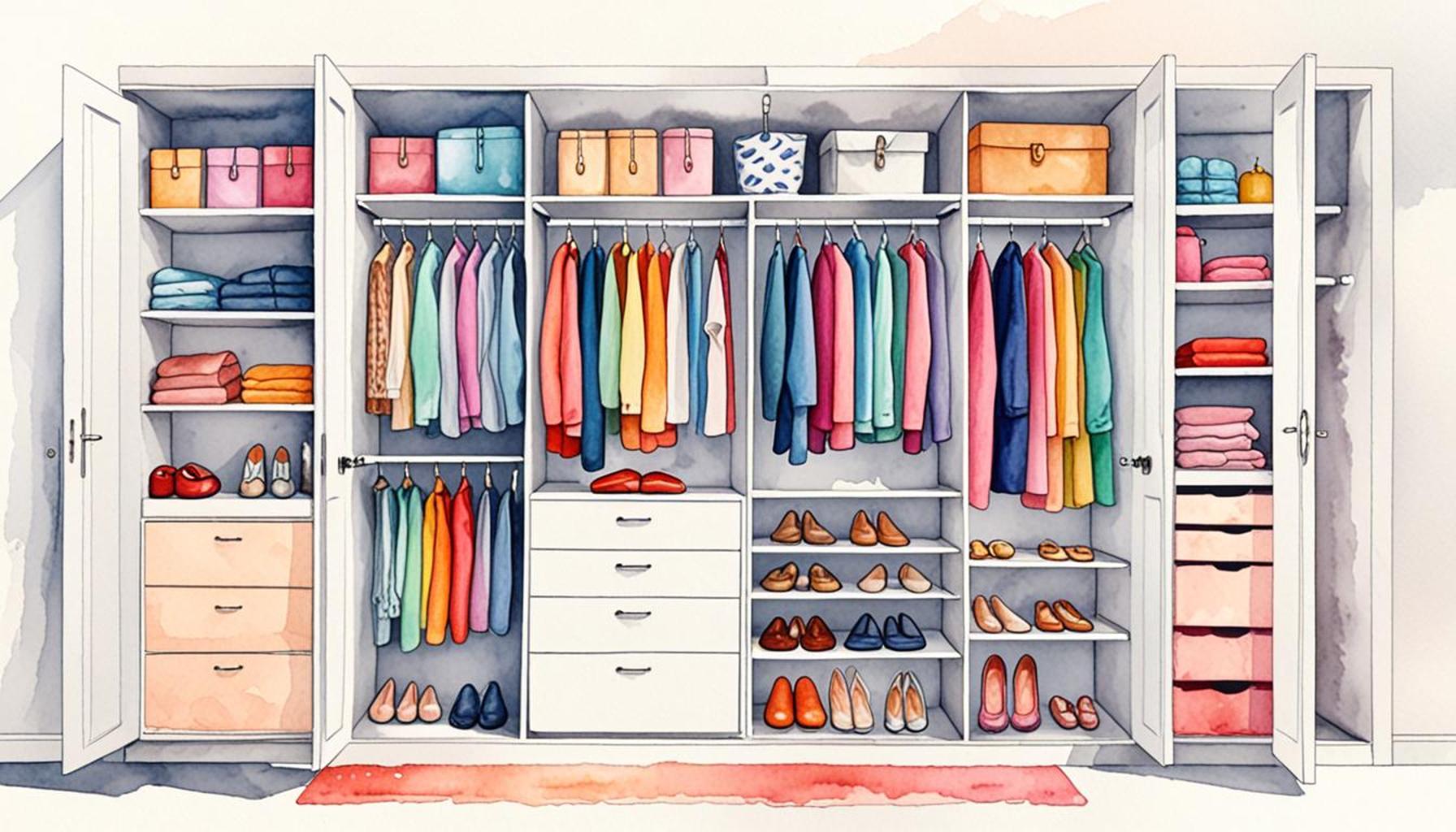Creating Multifunctional Spaces: The Intersection of Minimalism and Interior Design

The Shift Towards Multifunctional Spaces
In contemporary society, where urban living poses unique challenges, the emergence of multifunctional spaces serves as an innovative remedy for maximizing limited square footage. As city dwellers often face reduced living areas, the combination of minimalism and interior design not only addresses spatial constraints but also redefines comfort and practicality in everyday life. The allure of these spaces lies in their ability to seamlessly blend form and function, permitting efficient use without sacrificing aesthetic qualities.
One of the hallmarks of multifunctional living is the integration of adaptable furniture. Items such as murphy beds, convertible sofas, and extendable dining tables are the backbone of such designs. For instance, a sleek sofa that converts into a bed allows a tiny studio apartment to double as a comfortable guest room, ensuring hosts can accommodate visitors without the need for additional, bulky furniture. Stylish, compact desks can be folded away when not in use, maintaining an uncluttered and spacious atmosphere conducive to both work and relaxation.
Equally pivotal in this equation is optimized storage. In an era that promotes minimalism, built-in shelves and furniture with hidden compartments become integral elements of thoughtful design. For example, beds with drawers underneath or ottomans that open to reveal storage can help eliminate clutter, keeping essential items neatly tucked away. This functionality is not just about storage; it’s about creating a serene environment that encourages decluttering the mind along with the physical space.
Open floor plans further augment the sense of freedom and versatility in living spaces. By removing unnecessary walls, homeowners can create a seamless flow between areas, allowing natural light to travel freely and giving the illusion of a more expansive environment. This concept is particularly popular in urban settings, where studios are designed with a living area that morphs into a dining space or workspace, catering to the shifting demands of modern life.
Adopting a minimalist mindset doesn’t just enhance the design; it cultivates a sense of calm and clarity. This philosophy prioritizes essentials, inviting individuals to invest in quality over quantity, which can be a liberating experience in an age defined by consumerism. As we continue to explore the art of crafting multifunctional spaces, we will uncover innovative design strategies and practical insights that empower anyone to leverage this trend effectively. From compact urban apartments to sprawling suburban homes, the balance of style and functionality can redefine one’s living environment into a true oasis for creativity and productivity.

DISCOVER MORE: Click here to learn effective organizing techniques
Embracing Versatility in Design
The essence of multifunctional spaces lies in their ability to serve multiple purposes without compromising on style or comfort. This is particularly significant in urban environments, where space can often feel like a luxury. By incorporating key elements of minimalism into interior design, homeowners can foster an environment that is both aesthetically pleasing and highly functional. One of the core principles of minimalist design is the idea of “less is more,” a strategy that can be effectively applied to achieve multifunctional living areas.
To successfully create a space that adapts to the needs of its occupants, it is crucial to consider the following design strategies:
- Flexible Layouts: A core component of multifunctional spaces is a layout that can effortlessly transition from one function to another. Consider the use of sliding partition walls or curtains that allow areas to transform, enabling a living room that can convert into a workspace or a home gym.
- Multipurpose Furniture: Investing in furniture pieces that serve dual roles can significantly maximize functionality. For example, a coffee table that doubles as a desk or a bench that can be used for seating or storage provides versatility while minimizing clutter.
- Smart Technology: The integration of smart home technology can also enhance the multifunctionality of a space. Devices that control lighting, temperature, and sound through mobile applications help create an atmosphere suited to various activities, from entertaining guests to peaceful relaxation.
When implementing these design strategies, colors and materials play a pivotal role in maintaining a cohesive look. A neutral color palette often employed in minimalist design can evoke simplicity and tranquility, allowing the space to feel more expansive. Additionally, the selection of materials should take into account both durability and aesthetic appeal; for instance, choosing hardwood or bamboo that harmonizes with a modern design ethos while standing up to everyday use.
It is also essential to curate decor that aligns with the minimalist philosophy. Each piece should not only serve a purpose but should resonate with the occupant’s personal style. Instead of cluttering surfaces with numerous decorative items, focus on a few standout pieces that evoke a sense of passion and intention, such as a striking piece of artwork or a unique sculpture that acts both as a decoration and a conversation starter.
Ultimately, the journey towards creating a multifunctional space is about finding harmony between style and practicality. As individuals strive to balance their busy lives, these intelligently designed environments offer a sanctuary to unwind, engage, and foster creativity. By embracing the principles of minimalism intertwined with innovative interior design, homeowners can unlock the full potential of their living spaces, creating an oasis that reflects their lifestyle while maintaining aesthetic integrity.
Creating Multifunctional Spaces: The Intersection of Minimalism and Interior Design
As we dive deeper into the intersection of minimalism and interior design, it’s crucial to explore the practical applications that can transform our living spaces into multifunctional areas. This approach doesn’t merely focus on aesthetics but emphasizes maximizing the potential of each square foot while maintaining a clean and serene environment.
One of the hallmarks of this design philosophy is the integration of versatile furniture. Pieces that can serve more than one purpose—such as a coffee table that doubles as storage or a sofa that converts into a bed—are essential in multifunctional spaces. Such innovations allow for a seamless transition from one activity to another, catering to both relaxation and productivity. For instance, in a small apartment, a single room might need to function as a living area, office, and even a guest room. Here, the combination of minimalism and multifunctionality promotes a tidy atmosphere that reduces visual clutter while inviting creativity and functionality.
Another aspect to consider is the color palette and lighting. Minimalism often advocates for a neutral color scheme, which can enhance the feeling of space and openness. Coupled with layered lighting that adapts to various tasks—from bright task lighting for work to softer tones for leisure—these elements create a welcoming and flexible environment conducive to different activities. The intersection of minimalism with intelligent lighting solutions highlights how thoughtful design contributes to enhancing the usability of a space without overwhelming it.
Furthermore, the use of open shelving and multipurpose areas, such as an island in a kitchen that also serves as a dining table, emphasizes the balance between style and function. Such features not only maintain flow within the space but also encourage interaction, making areas come alive with purpose.
| Category 1 | Category 2 |
|---|---|
| Versatile Furniture | Innovative designs that serve multiple functions, ensuring space-saving solutions. |
| Optimized Color Palettes | A neutral scheme enhances openness, while smart lighting adapts to various activities. |
In addition to these elements, incorporating personal touches within the minimalist approach further enhances the multifunctional space. While functionality is paramount, it’s equally important to create environments that reflect personal style, encouraging a connection to the space and promoting overall well-being. The balance of minimalism with individual expression creates a dynamic that allows spaces to flourish through both form and function.
DISCOVER MORE: Click here for expert tips
The Role of Light in Multifunctional Spaces
Light is an often underestimated yet crucial element in designing multifunctional spaces. It serves to not only illuminate but also to enhance the versatility of a room. In minimalist design, natural light plays a significant role in contributing to a serene ambiance that can adapt to various needs throughout the day.
Maximizing natural light can be achieved through strategic window placements, the use of mirrors, and opting for sheer window treatments. For instance, large windows not only invite the warmth of sunlight but can also create an illusion of a more spacious environment. Mirrors, strategically placed, can help reflect light, making small areas feel larger and more open. Furthermore, choosing light-colored walls can amplify brightness and evoke a sense of calm, a fundamental principle of minimalist design.
In addition to natural illumination, artificial lighting is essential in crafting the right mood for different functionalities. Adjustable lighting solutions, such as dimmers or smart LED systems, allow the space to transition seamlessly from day to night. A well-lit workspace can transform into a cozy ambiance for entertaining, with the simple flick of a switch. Decorative fixtures, like pendant lights or floor lamps, can also serve dual purposes—providing functional light while enhancing the aesthetic appeal of the room.
Storage Solutions: Embracing the Power of Organization
Another critical aspect of creating multifunctional spaces is the incorporation of innovative storage solutions. Maintaining a clutter-free environment is vital in a minimalist approach, and clever storage options can help achieve this goal without sacrificing style.
- Built-in Storage: Customized built-ins can efficiently use awkward corners or underutilized spaces, effectively blending functionality with design. Consider reading nooks that come equipped with shelves or seating with hidden compartments. Such features can endlessly enhance a room’s utility.
- Vertical Storage: Utilizing vertical space is essential in small apartments or houses. Wall-mounted shelves not only provide a display for artistic pieces but also store books or other essentials, keeping the floor space open and inviting.
- Under-Furniture Storage: Opting for furniture that includes storage capabilities, such as ottomans with hidden compartments or beds that lift up to reveal storage space below, can seamlessly integrate organization within the design.
Curating a well-organized yet visually appealing environment can dramatically influence one’s experience within a multifunctional space. Items that contribute to everyday life can be neatly stored while still being easily accessible. This balance is key to ensuring that each space within a home can function optimally, whether that be for work, leisure, or social interaction.
Cultivating an Experience Through Sensory Elements
Lastly, when creating multifunctional spaces, sensory experiences contribute immensely to overall satisfaction and comfort. Integrating textures, scents, and sound can elevate the functionality of a room while also adhering to minimalist aesthetics.
- Textures: The use of varying textures—such as soft textiles against harder surfaces—can create a vivid tactile experience that supports relaxation or stimulation, depending on the room’s purpose.
- Scents: Incorporating scent can significantly influence mood. Essential oil diffusers or scented candles can enhance the ambiance of a space, making it feel both comforting and inviting.
- Sound: Technology also plays a role here; a room that can transform from a quiet zone for concentration to an entertainment space can facilitate a shift in activity through acoustic design or integrated sound systems.
By prioritizing light, innovative storage, and sensory elements, homeowners can cultivate multifunctional spaces that align beautifully with minimalist design principles. These considerations not only enhance practical usage but also contribute to overall well-being, offering a holistic living experience.
DISCOVER MORE: Click here for tips on maximizing your space
Conclusion
In the evolving landscape of modern living, the art of creating multifunctional spaces is more pertinent than ever. As urban dwellers face limitations in square footage, particularly in bustling cities across the United States, the need for versatile environments has surged. Marrying minimalist design principles with practical functional requirements promotes an atmosphere that invites both utility and tranquility.
By strategically harnessing natural light, homeowners can foster spaces that adapt to various activities, from focused work sessions to convivial gatherings. The thoughtful integration of innovative storage solutions ensures that functionality does not compromise aesthetic appeal, while clever use of textural elements, scents, and sound establishes an engaging sensory experience. This multidimensional approach transforms ordinary rooms into harmonious sanctuaries that cater to diverse lifestyles.
As we continue to redefine what our homes can be, it’s crucial to recognize the pivotal role that minimalism plays in enhancing our daily lives. It allows for an intentional selection of every element within a space, reducing distractions and promoting clarity, thus enabling us to embrace a lifestyle filled with purpose and ease. By prioritizing these minimalist strategies, we cultivate not only beautifully designed interiors but also a profound sense of well-being.
As you embark on your own journey to create multifunctional spaces, consider how each decision contributes to both function and emotion. Each choice you make can lead to an enriched living experience. The intersection of minimalism and interior design is not merely a trend; it’s an invitation to rethink how we inhabit our spaces, paving the way for a more mindful and balanced life.


